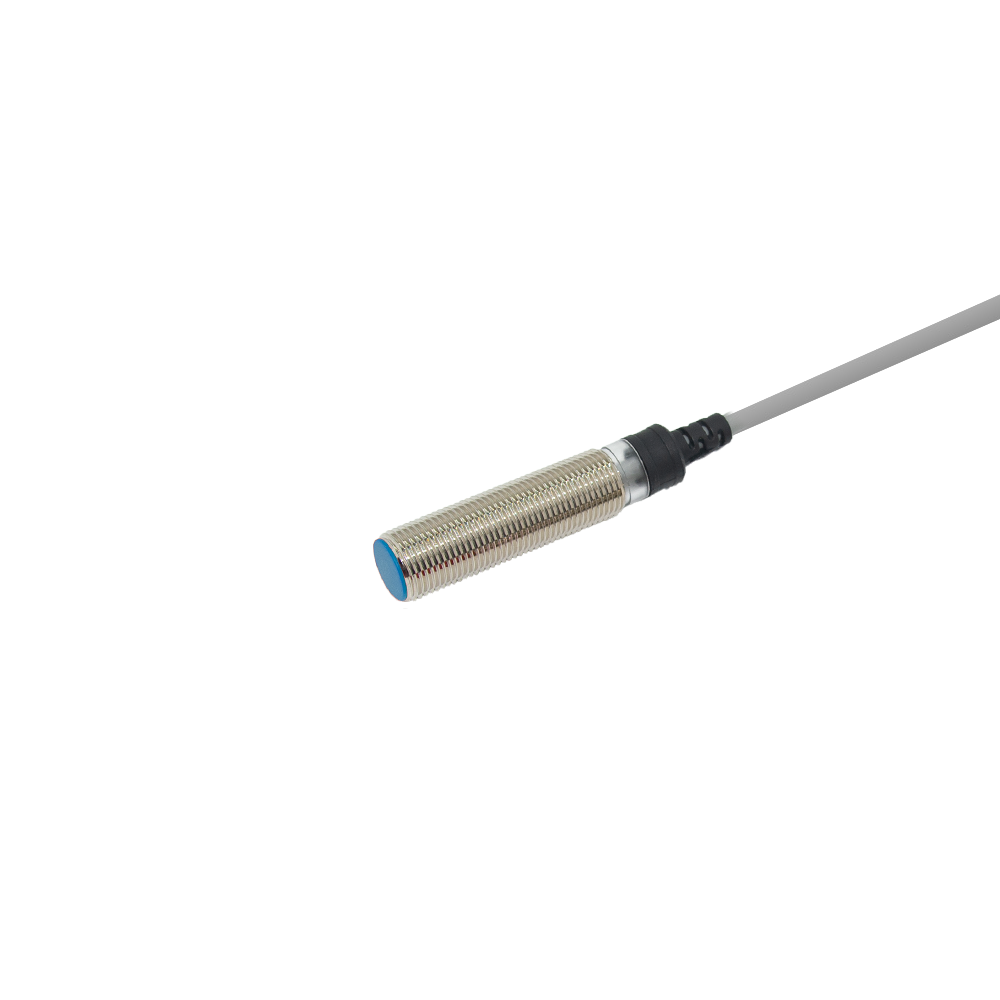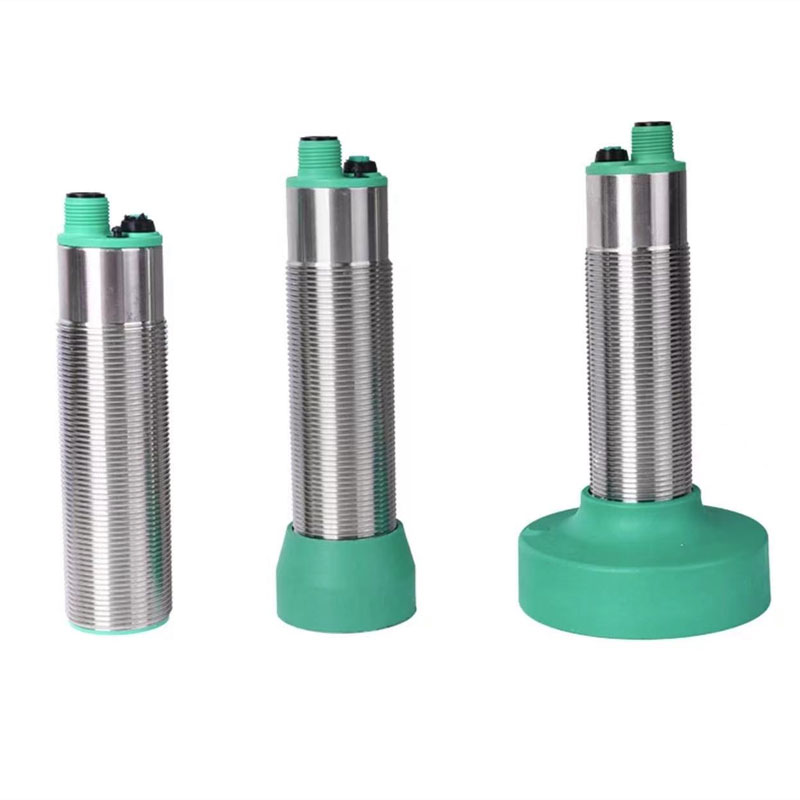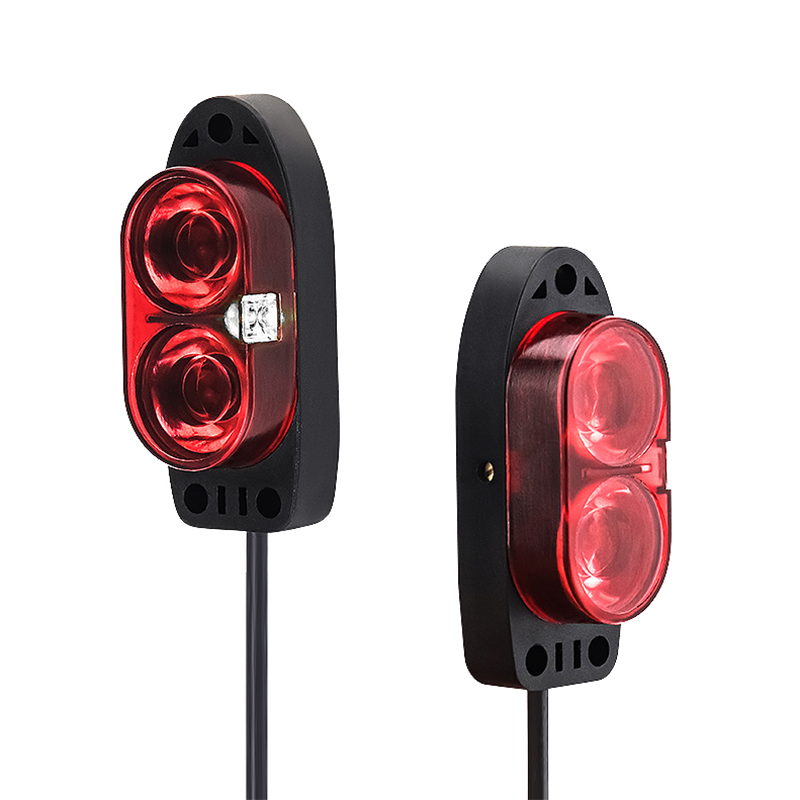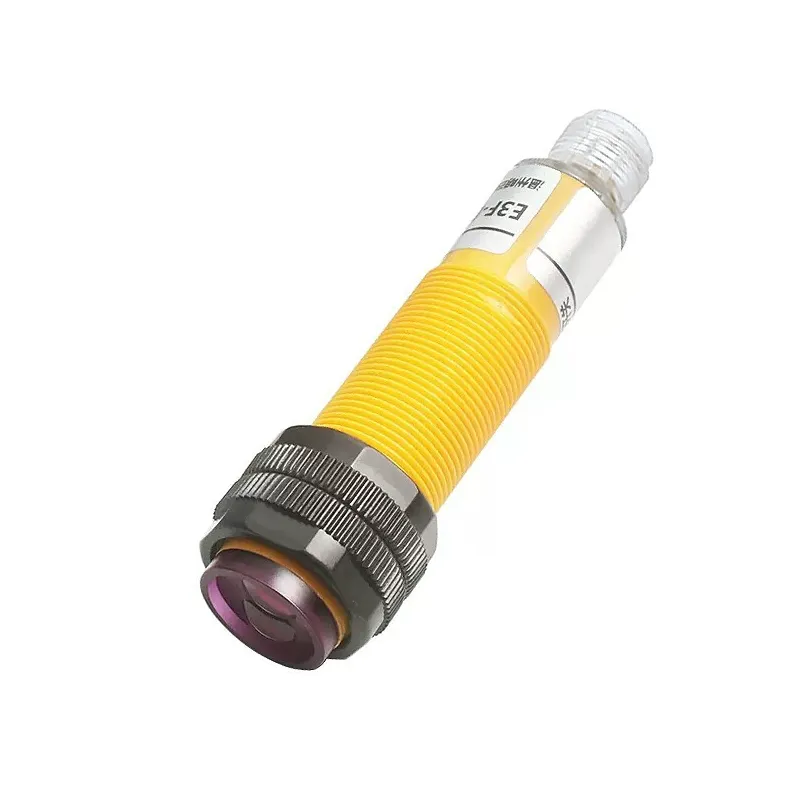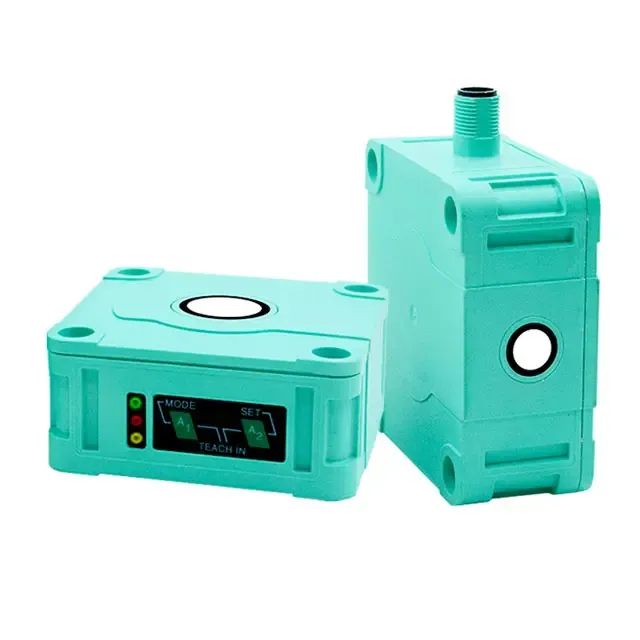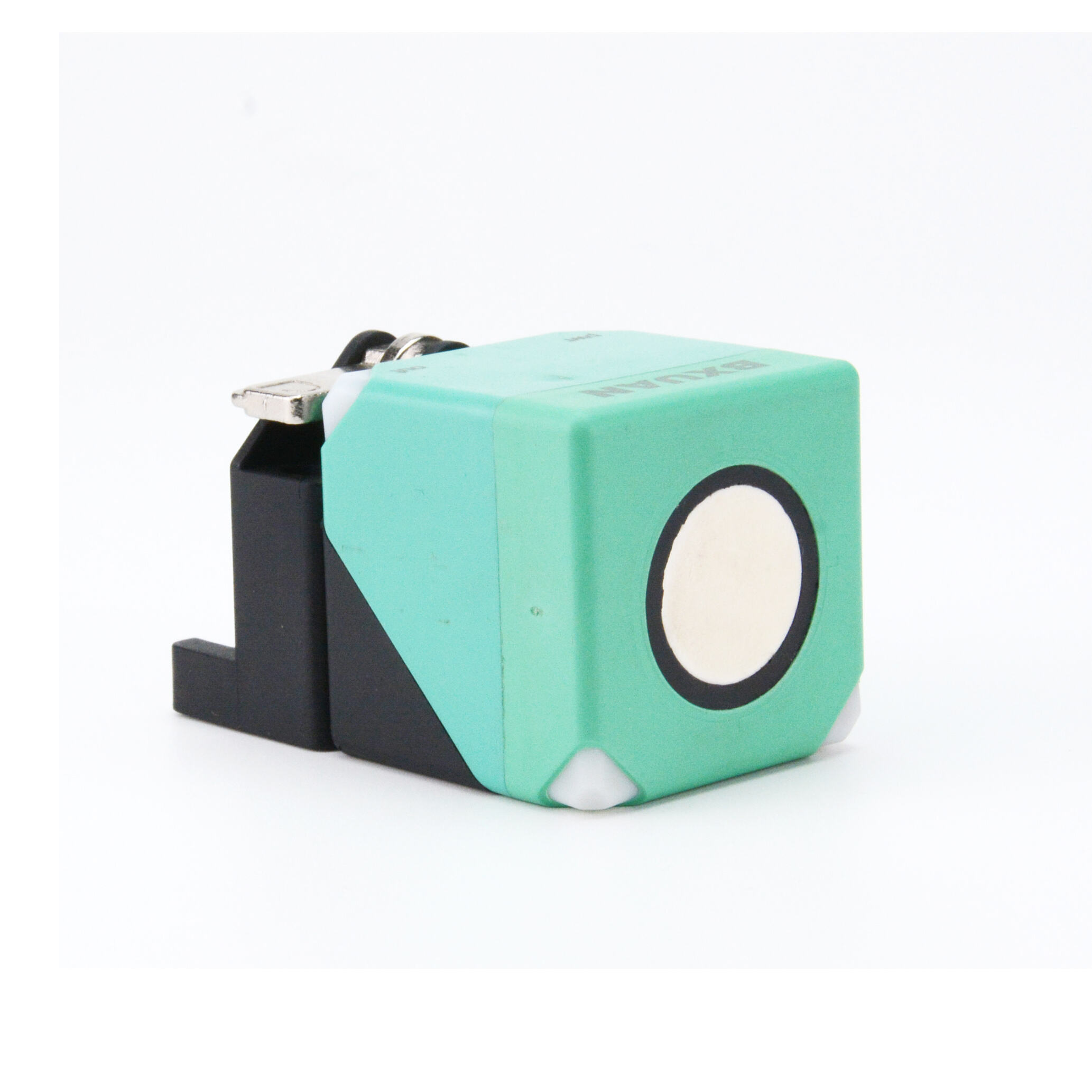proximity sensor sensor
A proximity sensor is a sophisticated electronic device designed to detect the presence or absence of nearby objects without requiring physical contact. Operating through electromagnetic fields, infrared radiation, or optical technology, these sensors emit signals and analyze the return patterns to determine an object's presence and distance. Modern proximity sensors incorporate advanced microprocessors that enable precise detection ranges from a few millimeters to several meters, depending on the specific model and application requirements. These versatile devices can function reliably in various environmental conditions, making them integral to both industrial automation and consumer electronics. The sensor's core technology allows for real-time object detection and distance measurement, with many models featuring adjustable sensitivity settings to accommodate different materials and distances. They excel in applications requiring consistent object detection, such as assembly lines, mobile devices, automotive systems, and security installations. Their non-contact operation principle ensures long-term reliability and minimal wear, while their solid-state construction provides excellent durability in challenging environments.

